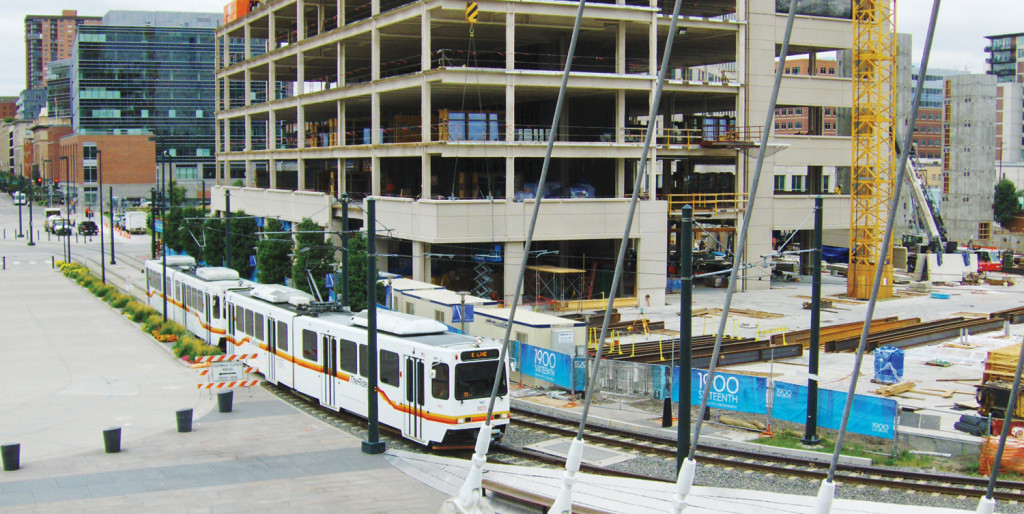
As transit becomes ‘must-have economic development tool,’ will Congress help?

An excellent piece in the Washington Post this morning caught up to the topic we have been raising here for some time: Good transit service and walkable locations with nearby places to live, eat and shop are essential for economic development in today’s world. Which makes us wonder: Is Congress listening?
Recalling that Marriott’s chief executive recently expressed a desire to locate near Metro rail, reporters Katherine Shaver and Bill Turque wrote:
Marriott’s announcement is the latest sign that mass transit, once viewed as a prescription for traffic congestion, is now considered a must-have economic development tool to attract millennials — the country’s largest living generation — along with their employers, and the taxes that both contribute to local governments. Adding to the demand is the country’s second-largest demographic group: empty-nest baby boomers seeking to downsize in the suburbs and drive less as they grow older.
As regular readers are well aware, Congress must find money to renew the federal transportation program this year, ostensibly by May 31 (though an extension of the law itself is all but inevitable). In doing so, lawmakers can either help or hurt communities, like those discussed in the story, that are lining up for very limited dollars for transit, TIGER and the like — money that can help them prepare their communities for economic success.
They are doing so in large part because they are continually hearing messages like this one from Stephen P. Joyce, Choice Hotels’ chief executive, quoted in the Post:
If you’re a suburban employer and you want to be relevant to people who want to live in urban locations, you’ve got to think mass transit,” Joyce said. “I can’t compete unless they can get to us without driving.
Henry Bernstein, a longtime economic development official who is now an executive in a commercial real estate firm in Rockville, MD, explains why: “This generation wants more things at their fingertips, rather than having to jump in a car to get to the mall or go eat. I truly believe any community that doesn’t have these things will fail.”
The Post story comes the same month that State Farm officials announced they would consolidate employees in three cities at regional hubs on sites with rail transit. “We’re designing these workplaces to be the future of State Farm,” chief operating officer Michael Tipsord said. “We’re creating a live-work-play environment that will give employees easy access to their work from the neighboring communities.”
Among the possible solutions within the federal program is the Innovation in Surface Transportation Act, introduced in both the House and Senate this month by a bipartisan group of lawmakers. It would give a major boost by allowing local communities more access to federal dollars flowing to their state, but there is so much more that could be done with more robust transit funding and more flexible use of existing dollars.
Here’s hoping that Congress is paying attention, and that the next federal program will provide local communities more access to the funds they need to meet the needs of today’s economy.



